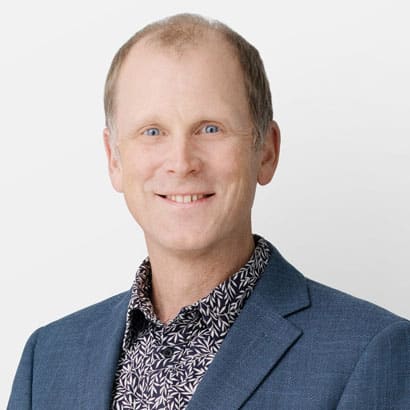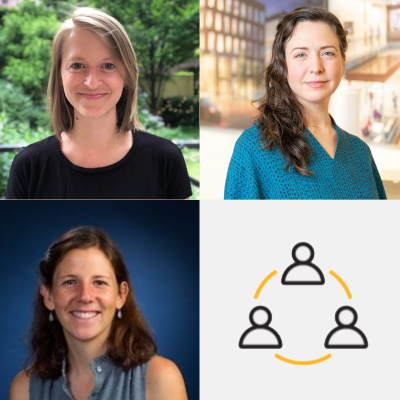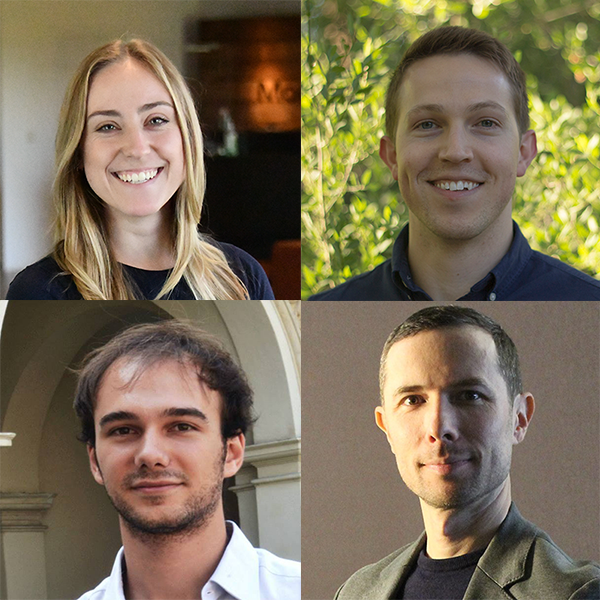Was tun Sie und Ihr Unternehmen, um die CO2-Emissionen zu reduzieren?
Kateřina Eklová
Co-Founder of Rethink Architecture
I studied architecture and construction management at the Czech Technical University in Prague and discovered the huge impact buildings have on the planet. So I had this idea: I want to be on the investor’s side to make the decisions that will support building sustainable and beautiful buildings. I joined an international developer of commercial centers, and soon it turned out that it was quite impossible to make any decision supporting sustainability from a junior position. Then I joined Skanska and finally, I had the opportunity to work on sustainable projects as a project leader in real estate development – and I learned so much about sustainability.
When my child was born, I didn’t want to stay at home for 3 years of parental leave. (Yes, this is how it’s usually done in the Czech Republic.) So as a side project, we started organizing lectures about sustainable architecture with Karolína Barič. People soon started to approach us and wanted deeper knowledge about sustainable solutions. So we decided to turn Rethink Architecture into a formal organization.
Three years later, Rethink Architecture is an NGO and a start-up at once with a team of 10 people. We inspire, educate, and connect architects and investors to create sustainable buildings and neighborhoods. We host engaging lectures that broaden knowledge, publish educational e-books that empower learning, and operate an online database of sustainable real estate solutions and technologies. We actively promote awareness through our social media presence and media engagements. Our mission is to introduce the principles and benefits of sustainable architecture across all three pillars of sustainability: environmental, economic, and social.
Carbon footprint reduction is an inherent and essential part of environmental sustainability, so we motivate investors and architects to calculate the carbon footprint of their projects and choose low-carbon solutions. Our favorite decarbonization strategy is to build nothing new and to renovate the existing buildings we already have.

“Three years later, Rethink Architecture is an NGO and a start-up at once with a team of 10 people…Our mission is to introduce the principles and benefits of sustainable architecture across all three pillars of sustainability: environmental, economic, and social.”
Was tun Sie und Ihr Unternehmen, um die CO2-Emissionen zu reduzieren?
Kristof Irwin
Consulting Engineer and Principal, Positive Energy
The future is already here, it’s just not very evenly distributed – William Gibson
What are we doing now that will persist and become part of the future of how humanity delivers buildings to itself? How can we support more of that to happen? Perhaps more importantly, what are we doing now that is clearly not part of our future and, in fact, we need to stop doing right away – such as needless emissions of carbon into our waters, land and sky? These questions are central to what I think about and do in my role as a Consulting Engineer and Principal with Positive Energy.
When I see a home, I see energy and resource flows. From an embodied or upfront carbon perspective, every part of home represents a snapshot in time of vast flows of energy and resources. Everything we use to provide the service of “having a home”, whether used as a material or as a fuel, comes from somewhere, is used to provide shelter for a while, and then goes back to somewhere, ideally to become part of the next cycle.
When I see a home, I also see information flows. How did the decision to select Product A, Equipment B, or Energy Source C occur? What information influenced that decision? Information is one of the highest embodied resources we use to design and construct buildings. Just as with materials, information requires huge investments of energy and resources to be “extracted, processed, distributed”, maintained and delivered to society. Where did the ideas you use to fulfill your role in society come from? If we are to turn this super tanker and effectively address the ongoing climate crisis, it is going to happen through shared vision and perspective, as a prerequisite to changing our material palettes. Over time, the perspectives and paradigms we bring to our role in society are hugely impactful and are based on high embodied energy information flows.
Like any flowing system, information flow can be obstructed – think marketing rhetoric – and the course of its flow can change over time – think electrification instead of fossil fuel use. If you’re taking action, through CLF or other communities, on rethinking traditional practices for concrete, steel and glass, that is wonderful. It is also a consequence of the flow of information you received.The decisions we make collectively over time determine the culture of our society – so culture is also something that flows.
At a more nuts and bolts level, Positive Energy works with project teams as MEP engineers and enclosure consultants, advocating for high-quality, low-carbon enclosures in the context of resilient, grid-interconnected, fully electrified homes. This is the vision that gives all us here a clear sense of purpose in our roles. In this context we are “boots on the ground”, discussing the impact of glazing options with architects and the use of heat pumps for air and water heating with mechanical installers and plumbers. It is in these conversations where we recognize the power information flow as a form of high embodied energy – and we seek to use it wisely.
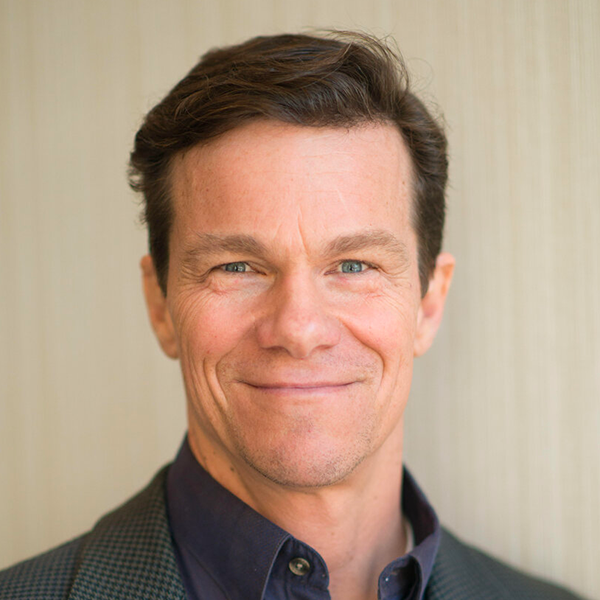
“If you’re taking action, through CLF or other communities, on rethinking traditional practices for concrete, steel and glass, that is wonderful. It is also a consequence of the flow of information you received. The decisions we make collectively over time determine the culture of our society – so culture is also something that flows.”
Was tun Sie und Ihr Unternehmen, um die CO2-Emissionen zu reduzieren?
Victoria Oestreich
Senior Manager, Centers & Initiatives, Urban Land Institute
Growing up in the Pacific Northwest, I always felt a strong connection to nature. But it wasn’t until I hiked 700 miles of the Pacific Crest Trail in Oregon and Washington that I knew I wanted to pursue a career in sustainability. While hiking, I saw and experienced the effects of climate change firsthand—mountain glaciers melting faster than normal, extreme heat, and wildfires that burned thousands of forested acres. It became clear to me that without rapid and concerted action to address the climate crisis, we would do irreversible damage to both our natural and human-made ecosystems.
While the wilderness of the Pacific Crest Trail sometimes feels pretty far from my work at the Urban Land Institute, they are in fact more connected than one might think. At ULI, one of our mission priorities is to decarbonize the built environment, which means working with real estate to make the business case for reducing carbon—both operational and embodied—and connecting it to increased building value. With the built environment contributing at least 40 percent of global carbon emissions each year, the real estate industry can really make a difference in preventing the worst effects of climate change.
Over the last year, I have had the opportunity to dive more deeply into embodied carbon through my research on building materials. The goal of the report, which will be published this fall, is to provide real estate investors, developers, and owners with the motivation, knowledge, and tools to make more informed choices about materials. When development teams request low carbon spaces that are free from harmful chemicals, manufacturers, design teams, and contractors respond to the increased demand, and work to improve their products and selections. Enhancing the health and sustainability of materials provides multiple benefits for business, people, and the planet, and the real estate industry can help bring about change to improve long-term outcomes for individuals, communities, and ecosystems across the globe.
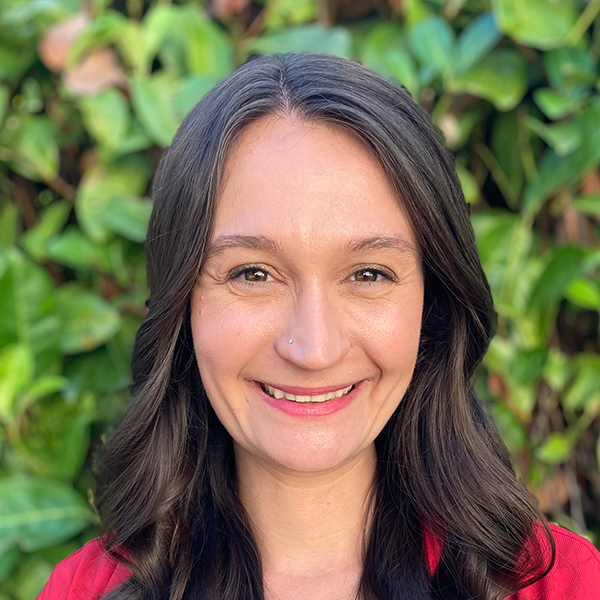
“When development teams request low carbon spaces that are free from harmful chemicals, manufacturers, design teams, and contractors respond to the increased demand, and work to improve their products and selections.”
